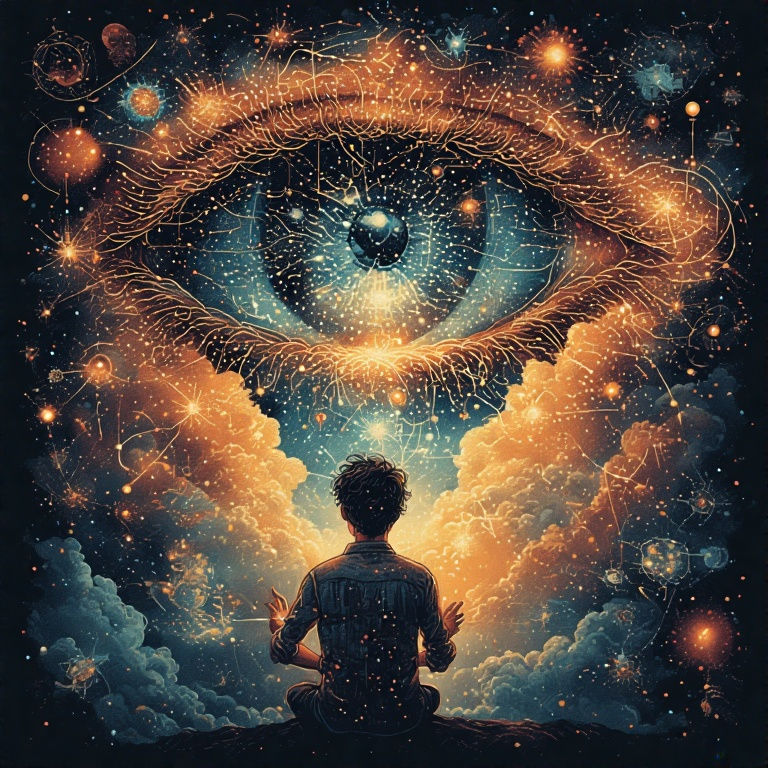Clowns Through the Ages: Exploring Sacred Fools and the Future of Synthetic Jesters
- Franco Arteseros
- Aug 2
- 4 min read
Updated: Aug 2
What connects ancient Egyptians, Pueblo shamans, Renaissance jesters, and today's AI avatars? The clown. Straddling the line between mockery and wisdom, clowns have entertained throughout history, serving as society's ultimate shape-shifters. They challenge us to rethink authority, joy, and the absurdities of life. As we take a journey through time, we will see how clowns have influenced human culture and consider what the future of humor may look like in an age dominated by artificial intelligence.

Ancient Roots: Humor as Ritual

From the dawn of civilization, humor has been deeply linked to rituals and social consciousness. In ancient Egypt, for instance, the court of Pharaoh Dadkeri-Assi employed pygmy clowns to deliver comedic performances that critiqued social norms without backlash. These performers used humor as a way to make serious points about life inside a grand palace, perhaps helping to remind the elite of their responsibilities to the people.

On the other side of the world, in India, the Vidushaka was an essential figure in classical Sanskrit theatre. With a talent for exposing societal flaws wrapped in humor, these jesters often made sharp observations worth examining—even for those in power. Similarly, Confucian jesters in China played a vital role in navigating the complex hierarchies of their time, sneaking satire into their acts as a form of commentary while entertaining the masses.
In Native American cultures, sacred clowns like the Koshare and Heyoka took on the role of paradoxical healers. They reveled in absurdity, using humor to open up conversations about uncomfortable truths. By holding up a mirror to society’s failings, these clowns helped communities confront issues in a way that made healing possible.
The European Lineage
Clowning finds rich expression in European history, where jesters made their mark in royal courts and bustling streets. During the medieval period, court jesters skillfully used satire to analyze the political landscape, speaking truths that others could not afford to express. Their humor served as a breath of fresh air in a tense environment.

As time progressed, the vibrant tradition of Commedia dell’Arte emerged during the Renaissance. Iconic figures like Harlequin and Pierrot, with their colorful costumes and exaggerated masks, brought new life to clowning. Each character represented different human experiences, showing us the vast range of emotions from joy to sorrow.

Joseph Grimaldi, a revolutionary English performer of the 19th century, took clowning to new heights. His innovative style intertwined elements of pantomime and burlesque. Grimaldi's work contributed to the slapstick humor we see today and helped to improve clowning as an art form capable of influencing public thought and generating laughter simultaneously.
Clowning in the Modern Mind

In modern culture, clowns evoke both joy and fear, a fascinating duality that has become ingrained in our psyche. Traditional circus clowns coexist with sinister figures from movies, such as Ronald McDonald’s friendly facade and Pennywise from Stephen King's "It." This spectrum showcases the psychological complexity of clowning, turning them into symbols of delight and dread.

Cultural events like Carnaval de Cádiz further illustrate the vibrant role of clowns today. Here, revelers engage in absurd festivities that challenge the mundane, highlighting the joyful spirit of community through humor. The ¿Los Enanos? festival on La Palma in Spain is another example, where clowning serves to create playful dialogue within communities, turning everyday life into a showcase of absurdity and fun.
Clowning provides us a lens to examine our societal issues—what we celebrate and what we reject. It helps us balance comedy and discomfort, offering valuable insights while encouraging us to navigate the complexities of existence.

AGI and the Future of Clowning
As we embrace technological advancements, a pressing question arises: Can artificial general intelligence (AGI) truly understand humor? Will these synthetic minds embody the absurdity, irony, and self-deprecation that characterize human interactions?

Imagine a future where digital jesters inhabit unique virtual realities, crafting interactive performances that blend satire with insightful commentary. These AGI clowns might stimulate genuine laughter while addressing meaningful societal issues, navigating an emotional landscape that machines typically struggle to grasp.

The role of clowning may also adapt to serve as a counterbalance to our increasingly efficient and optimized world. As we witness AI transforming various sectors, the colorful spirit of clowns will remind us of the messiness of human emotions and behaviors—elements that machines are continually trying to decode but often miss the mark on.

The age of AGI presents exciting possibilities for redefining clowning. As humanity prioritizes productivity, the absurdity celebrated by clowns may emerge as a vital counter-narrative to digital dominance, reinforcing our shared emotional experiences.
A Journey Through Time and Technology
Clowns have danced through history, embodying the sacred and profane, truth and jest. Each era has reshaped their image, from revered artists to entertainers. As we ponder this quirky lineage, we are left with one question: "Will a robot have the last laugh?"

Examining the evolution of clowns reveals glimpses of our humanity. Humor—its many forms—offers a connection in a world seemingly driven by cold efficiency. In the face of relentless technological progress, let us celebrate clowns. They remind us of our shared flaws and reignite the spirit of creativity that binds us through laughter.
Standing at the intersection of tradition and innovation, we must consider how clowns—both sacred fools and synthetic jesters—will continue to shape our understanding of the human experience, long after the curtains have closed.
Franco Arteseros...






















Comments